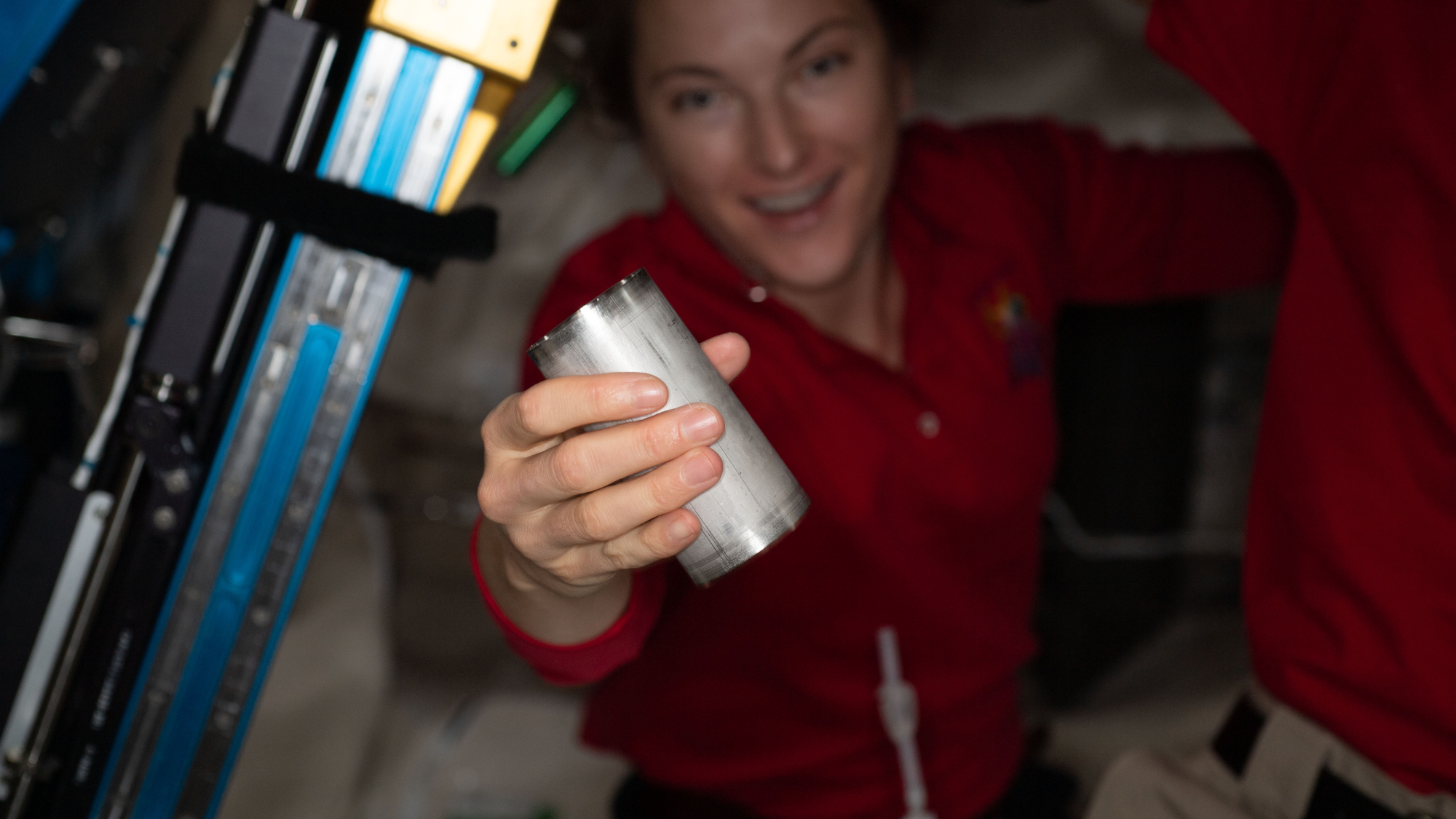
[ad_1]

Astronauts aboard the International Space Station have achieved a 98% water recovery rate in a breakthrough achieved by a method that might make the faint of heart slightly squeamish: they hit peak astronaut pee recycling.
The water recycling achievement is an important milestone for low-orbit space missions that aim to provide the basic needs of astronauts without resupply missions. This means recycling or regenerating things like food, air and water.
In terms of the International Space Station (ISS), each crewmember needs around a gallon of water each day for drinking, food preparation, and hygiene uses like brushing teeth. The ideal goal in terms of water has been a 98% recovery of the initial water that crews take into space with them at the start of longer missions.
“This is a very important step forward in the evolution of life support systems,” part of the team at Johnson Space Center that manages life support systems on the ISS, Christopher Brown, said in a statement. “Let’s say you launch with 100 pounds of water. You lose 2 pounds of that, and the other 98% just keeps going around and around. Keeping that running is a pretty awesome achievement.”
Related: 1st moon water map could help Artemis astronauts live at lunar south pole
The water recovery milestone was achieved by the Environmental Control and Life Support System (ECLSS) during a demonstration of the improved Urine Processor Assembly (UPA), which recovers water from urine using vacuum distillation.
The ECLSS is made up of a combination of hardware, including a Water Recovery System that collects wastewater and advanced dehumidifiers that capture moisture from the air of the ISS as a result of the crew’s breath and sweat. This collected water is sent to the Water Processor Assembly (WPA), which then produces drinkable water.
The UPA element of the ECLSS distills urine, but brine is produced as a by-product of this process, and that still contains some unused water. A Brine Processor Assembly (BPA) was added to the UPA to extract this remaining wastewater. While demonstrating its operations in the microgravity of space, the BPA pushed the ECLSS to the 98% goal.
“Before the BPA, our total water recovery was between 93 and 94% overall,” said ECLSS water subsystems manager Jill Williamson. “We have now demonstrated that we can reach [a] total water recovery of 98%, thanks to the brine processor.”
The BPA takes brine created by the UPA and passes it through a series of special membranes introducing it to warn dry air that evaporates its water content. This results in humid air being created that is not dissimilar to the breath of ISS crew members, and this can be collected by ECLSS dehumidifiers.
Like the other collected wastewater, this is treated by the WPA with a series of specialized filters and a catalytic reactor that breaks down any trace contaminants that may remain. Sensors then check the purity of the water with water that doesn’t meet standards sent back for reprocessing. Iodine is added to acceptable water to prevent the growth of microbes, and the water is then stored for the crew to use at a later point.
If this raises the question, “are our astronauts drinking urine in space?” the answer is clear; absolutely not. The team points out that, in fact, the water produced aboard the ISS is superior to what municipal water systems produce here on Earth.
“The processing is fundamentally similar to some terrestrial water distribution systems, just done in microgravity,” Williamson pointed out. “The crew is not drinking urine; they are drinking water that has been reclaimed, filtered, and cleaned such that it is cleaner than what we drink here on Earth.”
“We have a lot of processes in place and a lot of ground testing to provide confidence that we are producing clean, potable water,” Williamson added.
The ECLSS systems are carefully tested to ensure that they are performing as intended and to demonstrate each element can function long-term without requiring a lot of maintenance or replacement spare parts.
The 98% milestone is a positive one for future space missions that will see astronauts spend more time in space during long stays on the lunar surface and crewed missions to Mars.
“The regenerative ECLSS systems become ever more important as we go beyond low Earth orbit. The inability to resupply during exploration means we need to be able to reclaim all the resources the crew needs on these missions,” Williamson concluded. “The less water and oxygen we have to ship up, the more science that can be added to the launch vehicle. Reliable, robust regenerative systems mean the crew doesn’t have to worry about it and can focus on the true intent of their mission.”
[ad_2]